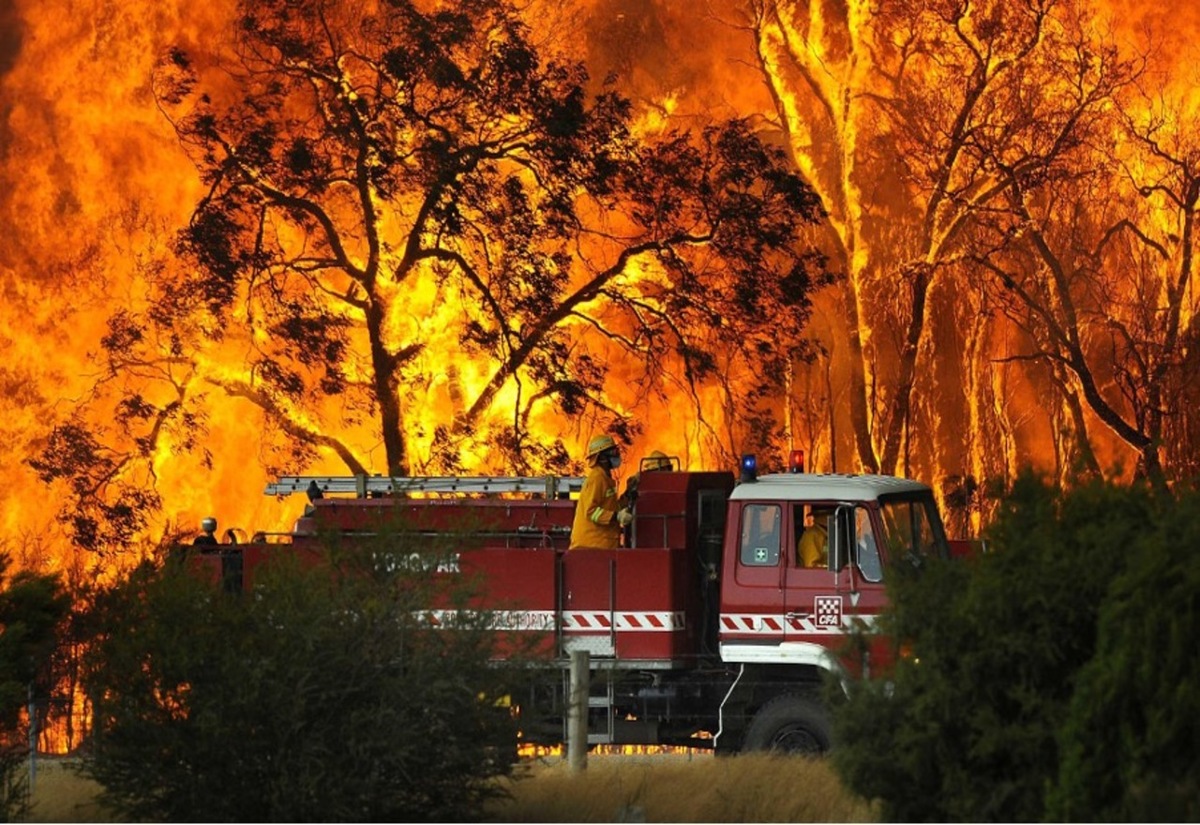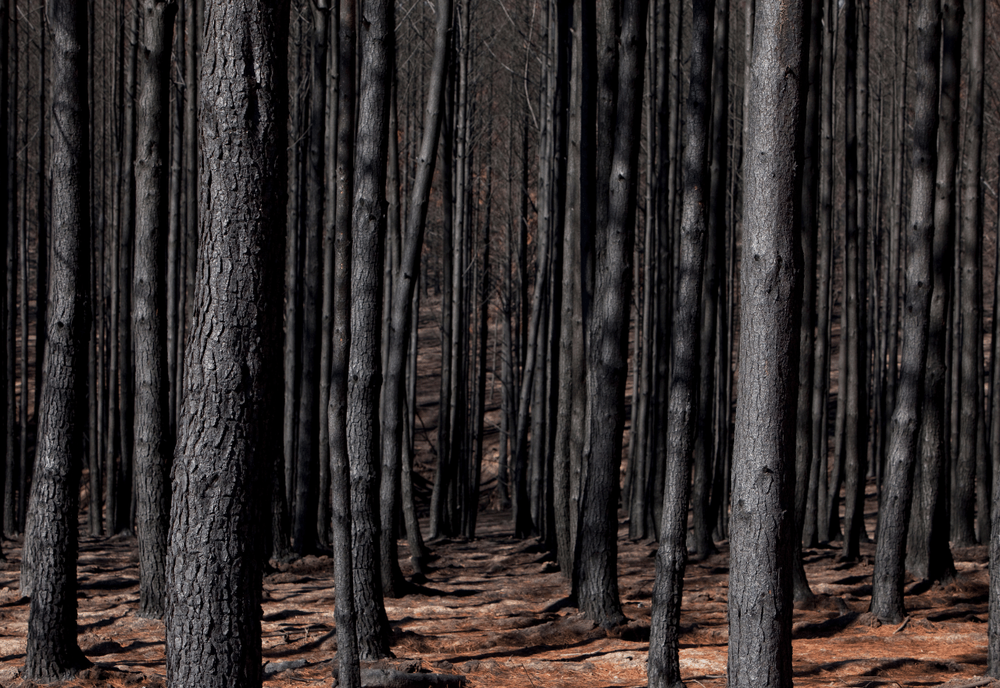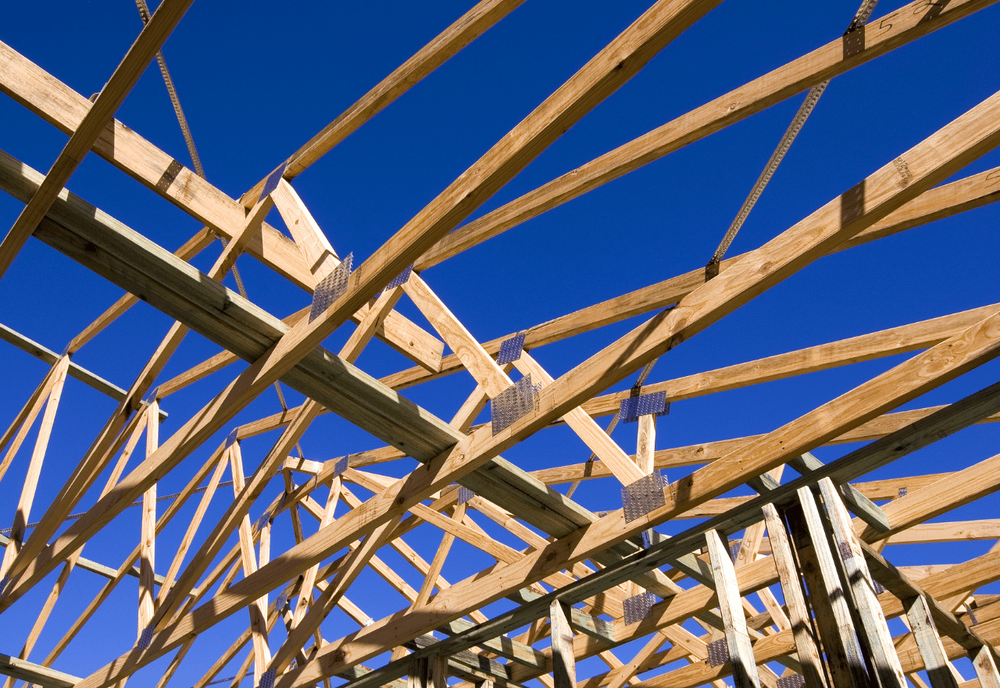Timber for export redirected to feed state supply
Laura Williams
14 October 2021, 8:10 PM
 The 2019 and 2020 Australian bushfires have left timber suppliers across the country empty handed.
The 2019 and 2020 Australian bushfires have left timber suppliers across the country empty handed.In the wake of the bushfires that devastated the country in the summers of 2019 and 2020, timber stock fell by 40 per cent. A recent decision handed down by the NSW Government is an optimistic attempt to rebuild an industry that nearly burned to the ground.
With a supply chain in tatters, timber mills across the state were exposed to a real risk of job losses, builders struggled to secure materials for projects and costs soared. The timber and forest products industry slipped into a dire state.
The NSW Government’s decision to redirect selected softwood log exports impacted by the China trade embargo to domestic markets is projected to see an additional 270,000 tonnes of timber enter the domestic supply chain over the next three years.

Not a complete waste - Forestry Corporation NSW says significant amounts of charred plantation timber could be successfully salvaged.
According to a spokesperson for the Forestry Corporation of NSW, the timber affected in the bushfires wasn’t completely redundant and has been used to make certain house frames.
“Because fire-affected timber can be processed into essential products including house frames if salvaged within 12 months, timber production from our state-owned plantations has been significantly higher,” they said.
It wasn’t until after the salvage program was completed that timber supplies started to fall. In response, Forestry Corporation has commenced an accelerated replanting program for long-term supply.
In the short-term, more needs to be done to feed the demand for softwood timber than watching trees grow.
For Coonamble-based builder Garret Mooy, some kind of intervention was urgently needed.
"It's definitely a good move," Mr Mooy said. "It's pretty hard at the moment, we've had to be pretty creative with what we can get and what we can use."
“It’s rare to go into the timber yard and get what we need. We're using dearer timber to build frames."
"We usually use radiata pine and are now using LVL which is double the price of what we usually use,” Mr Mooy said. "It's very significant."
"We're lucky in this area that we're not working to fixed contracts and we're working for people who understand the problem."

Building costs have soared across the state as timber prices went sky-high.
A government spokesperson says that the additional timber will help meet current demand and mitigate against looming supply challenges.
“Not only are we producing sustainable timber, keeping it on shore to build Australian homes, and putting NSW jobs first, we are also making a substantial contribution to carbon capture and storage in the timber frames of new homes,” they said.
According to the Forestry Corporation of NSW, the redirection of timber originally for exportation to processors in Tumut and Tumbarumba is a positive outcome that maintains jobs in regional towns and supplies NSW with the renewable timber it needs.
Despite confidence to restore the industry to prosperity while the state recovers from supplies lost to the bushfires, there are concerns about the viability of the plan when the cost of freight exceeds any local benefit - a persistent problem for towns across the western plains region.
NSW Labor Shadow Minister for Natural Resources Tania Mihailuk has deemed the plan a ‘sham’.
“We know that haulage rates for the timber industry are one of the biggest costs in the supply chain, so to be hauling timber from distances as far as Walcha to Tumbarumba is going to be cripplingly expensive for the mills who are so desperate for this stock,” Ms Mihailuk said.